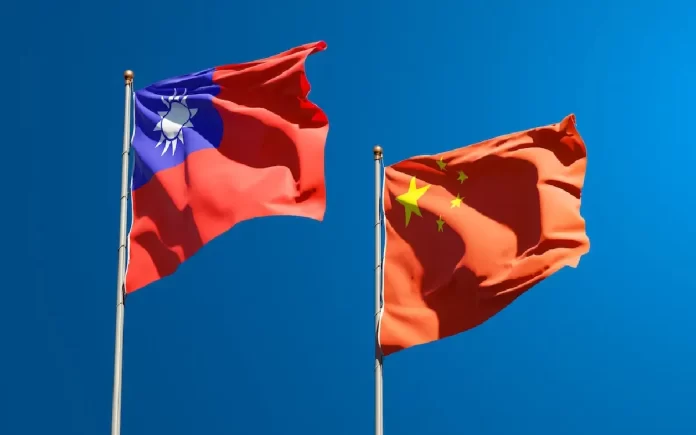Beijing: Chinese media has recently downplayed concerns over Taiwan’s new long-range cruise missiles, emphasizing their perceived vulnerabilities. However, the implications of these weapons are subject to numerous unknown factors, highlighting Beijing’s keen interest in Taiwan’s advancements in military technology.
The late November issue of Ordnance Industry Science Technology scrutinized the extended range version of Taiwan’s Hsiung Feng IIE land-attack cruise missile, resembling the U.S. Tomahawk. With an estimated range of 620 to 930 miles, this variant could potentially target key areas along coastal China and its interior, posing a strategic threat to command centers and missile launchers.
Critics from the Chinese magazine, as reported by the South China Morning Post, raised concerns about the missile’s “relatively large size, subsonic speed, and lack of stealth technology”, making it susceptible to detection. Taiwan, despite maintaining a low profile on its missile program, has been developing and deploying missile systems suited for strike missions, including longer-range, land-attack cruise missiles.
A 2022 report to Taiwan’s legislature indicated the potential for these missiles to carry two warheads – one for targeting command centers and shelters, and another dispersal warhead for attacking airfields. While details on Taiwan’s missile capabilities have been somewhat elusive, recent footage of a test launch in August 2023 and ongoing development of the Ching Tien supersonic cruise missile have provided a glimpse into Taiwan’s evolving arsenal.
Some U.S. experts advocate for Taiwan to prioritize missile acquisitions over costly F-16 fighters and M1 Abrams tanks, arguing that anti-invasion weapons like missiles, drones, and mines could be more effective against a potential Chinese invasion. Missiles played a pivotal role in a wargame simulating a Chinese amphibious invasion of Taiwan, with a focus on targeting ports and airfields using long-range cruise missiles.
The question arises: Can Taiwan’s long-range cruise missiles penetrate Chinese defenses? While subsonic cruise missiles can be intercepted, the effectiveness of China’s missile defense systems, including the S-400, HQ-15, and HQ-16, remains uncertain. With around 9,000 miles of coastline to defend, China faces logistical challenges in safeguarding its territory.
Beyond technical capabilities, Taiwan’s ISR (intelligence, surveillance, and reconnaissance) capabilities are crucial for ensuring the missiles hit targets accurately. Currently lacking a robust military space program, Taiwan depends on U.S. satellites for targeting data, highlighting the need for improved ISR capabilities to address mobile targets.
Masao Dahlgren, a missile defense expert at CSIS, emphasized the importance of enhancing Taiwan’s ISR capabilities, particularly for long-range missiles. Taiwan’s reliance on commercial satellites may provide some data, but a comprehensive end-to-end target detection and strike capability requires significant development.
In conclusion, while Chinese media attempts to diminish the significance of Taiwan’s new missiles, the evolving landscape of military technology and regional dynamics suggests a need for careful consideration and strategic planning.



